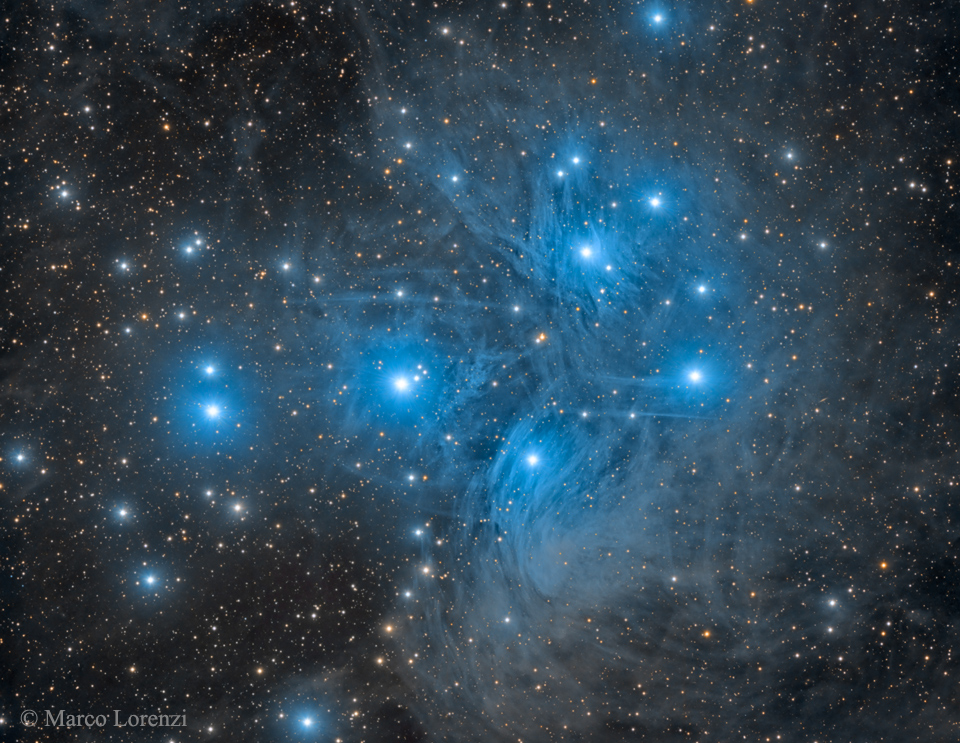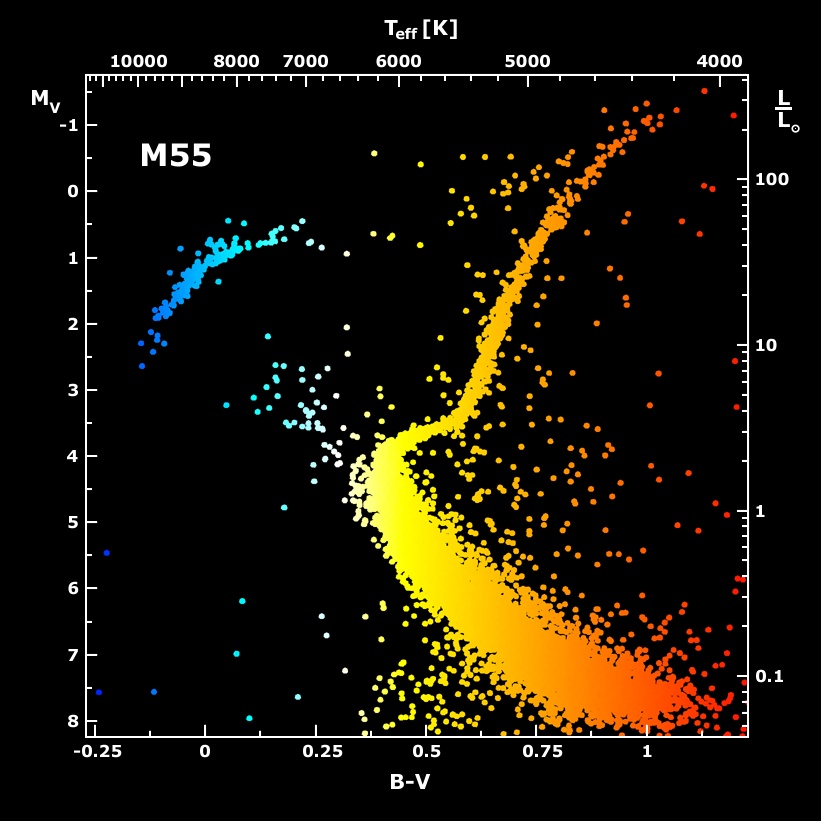orin stepanek wrote: ↑Thu Aug 06, 2020 10:46 am
APOD Robot wrote: ↑Thu Aug 06, 2020 4:06 am
 Messier 20 and 21
Messier 20 and 21
Trisected by dust lanes the Trifid itself is about 40 light-years across and a mere 300,000 years old. That makes it one of the
youngest star forming regions in our sky, with newborn and embryonic stars embedded in its
natal dust and gas clouds. Estimates of the distance to open star cluster M21 are similar to M20's, but though they share this gorgeous telescopic skyscape there is no apparent connection between the two. In fact, M21's stars are much older, about 8 million years old.
trifidnebulaM20M21_1024.jpg
Actually; isn't 8 million years quite young for stars; even
though they are a lot older than the 300,000 years for trifid?
Absolutely, yes, it is! Consider the Pleiades! They are around 100 million years old, and they are considered young!
But it's all a matter of mass, as you know. The more massive a star is, the shorter is its lifetime. The mass of stars of the Pleiades is only a few times that of the Sun (the brightest member of the Pleiades, Alcyone, has a mass of 6 solar, according to
Jim Kaler).
The brightest members of M21 are certainly more massive. But how massive? I'm not sure if the nature of the stars in M21 is really known. My guess is that the brightest member of M21, HD 164863, has a mass of at least 12 times that of the Sun, maybe more. And if so, an age of 8 million years is not that young.
Why did I say that the brightest member of M21 is about 12 times as massive as the Sun? Well, I'm totally guessing. But
Jim Kaler has said that Betelgeuse, which as we all know is an extremely evolved supergiant star, probably started out with a mass 18-19 times solar.
And according to Wikipedia, Betelgeuse is probably about the same age as the stars of M21, some 8 million years. So if Betelgeuse and the stars of M21 are contemporaries, we should assume that Betelgeuse started out more massive than any of the stars in M21, since it is so much more highly evolved.
The stars of M21 are "unevolved", at least in the respect that they are still blue. No red giants can be seen in the cluster. This, interestingly, is an aspect they have in common with the Pleiades. But the Pleiades is suspected to have had at least one red giant in the past, because this cluster does seem contain a white dwarf, named EG 25 (LB 1497).
Ann
 Messier 20 and 21
Messier 20 and 21







